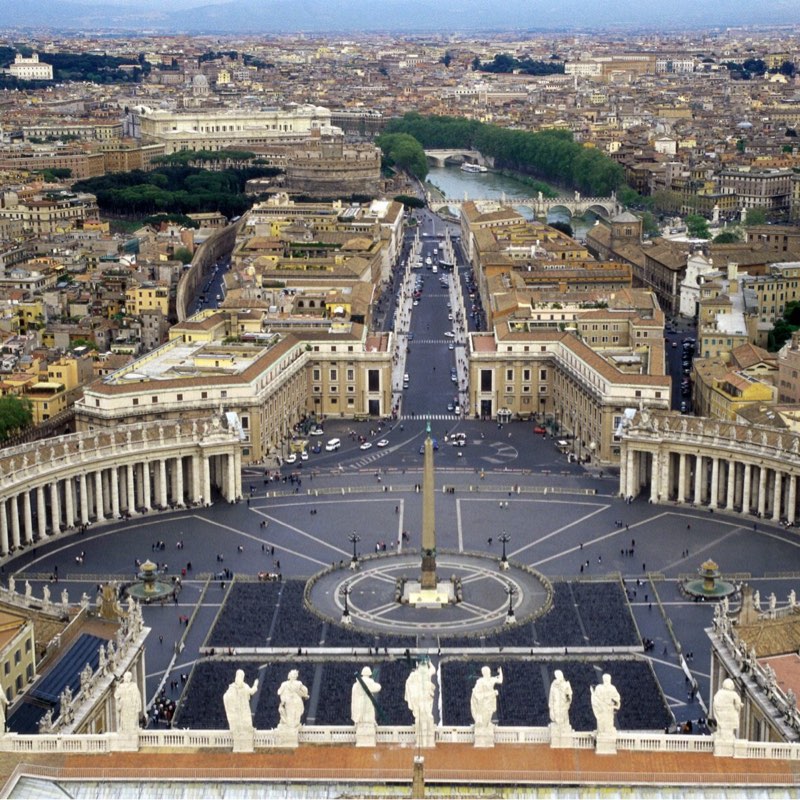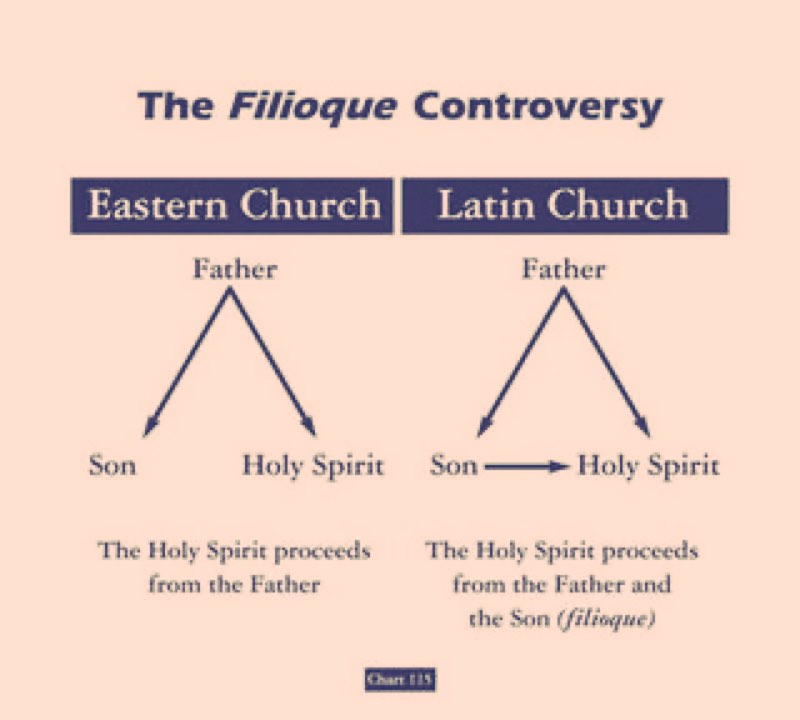What is the view of Catholicism on the Byzantine Empire?
The view of Catholicism on the Byzantine Empire is complex and has evolved over time. Historically, the Byzantine Empire and the Latin Church (Catholic Church) had a complicated relationship, marked by theological disputes and political conflicts.
During the early centuries of the Byzantine Empire, the Eastern and Western branches of Christianity were still in communion with each other, and the Byzantine Empire was regarded as a key defender of orthodox Christian doctrine against various heresies. However, tensions between the two branches of Christianity eventually led to the Great Schism of 1054, which formally divided the Eastern Orthodox Church from the Roman Catholic Church.
One of the main sources of tension between the two branches of Christianity was the role of the Pope, the bishop of Rome, who claimed to be the supreme head of the universal Church. The Byzantine Empire, centered in Constantinople, rejected this claim and maintained that the Pope was only the first among equals of the five patriarchs of the ancient Christian world (Rome, Constantinople, Alexandria, Antioch, and Jerusalem).
The Byzantine Empire also accused the Pope of introducing innovations and corruptions into the original faith, such as the filioque clause in the Nicene Creed, which states that the Holy Spirit proceeds from the Father and the Son, rather than from the Father alone, as the Eastern Orthodox believe.
As a result, the Byzantine Empire came to be viewed by the Catholic Church as a rival and as a source of theological and political tensions. This was further exacerbated by the Crusades, during which Western forces sought to assert their influence in the Byzantine Empire and the wider Eastern Christian world.
In recent times, the Catholic Church has made efforts to heal the divisions between the two branches of Christianity, and there has been a greater emphasis on ecumenical dialogue and understanding. The Byzantine Empire is now often viewed within a more nuanced historical context, with an appreciation for its contributions to Christian theology and culture, despite its conflicts with the Latin Church.


